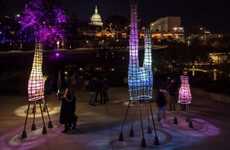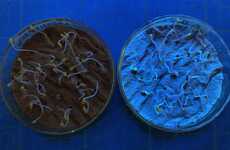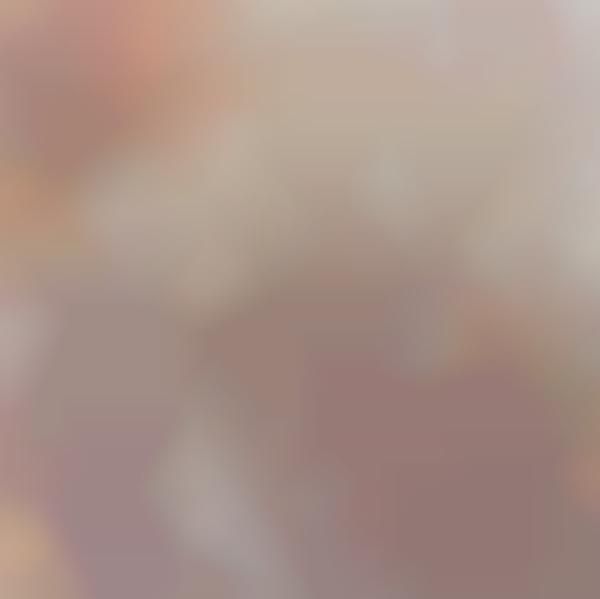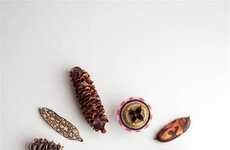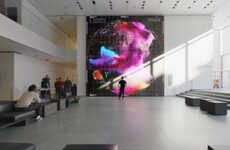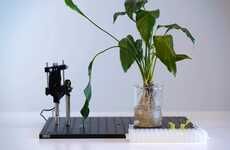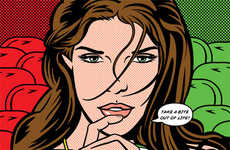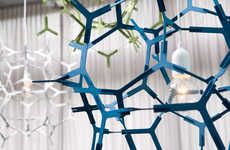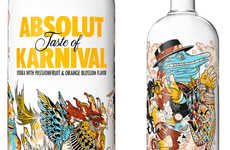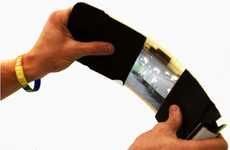
Shane Hope's Nano Art Gives the Illusion of Growth
Ian Andrew Panganiban — April 26, 2013 — Art & Design
References: shanehope.info & crackajack.de
It's normal for people to grow vegetables, raise livestock for food, but it's not a common thing to come across someone who grows their own nano art.
New York-based artist Shane Hope created 'Nano-Nonobjective-Oriented Ontograph' and 'Qubit-Built Quilts' through nano science and 3D printing. The 3D cellular-based art works looks like something you'd see through a microscope. The art pieces appear to be growing mold, but it's probably the effect the artist was going for.
It takes great hardships of growing something from a molecular basis. The results from Hope’s experiment are these amazing nano-based art pieces that will intrigue most people.
Hope received his MFA at the University of California San Diego, University of California Los Angeles, the San Francisco Art Institute, and the Skowhegan School of Painting and Sculpture.
New York-based artist Shane Hope created 'Nano-Nonobjective-Oriented Ontograph' and 'Qubit-Built Quilts' through nano science and 3D printing. The 3D cellular-based art works looks like something you'd see through a microscope. The art pieces appear to be growing mold, but it's probably the effect the artist was going for.
It takes great hardships of growing something from a molecular basis. The results from Hope’s experiment are these amazing nano-based art pieces that will intrigue most people.
Hope received his MFA at the University of California San Diego, University of California Los Angeles, the San Francisco Art Institute, and the Skowhegan School of Painting and Sculpture.
Trend Themes
1. Nano Art - Exploring the intersection of nano science and art through the creation of 3D cellular-based art pieces.
2. Molecular-based Art - Utilizing the molecular basis of growth to create unique and captivating art pieces.
3. Nano-nonobjective-oriented Ontograph - Exploring the aesthetic potential of nano science and 3D printing through the creation of art pieces that resemble microscopic organisms.
Industry Implications
1. Art - The art industry can embrace nano science and 3D printing to create innovative and visually stunning artwork.
2. Science - Further collaborations between artists and scientists can contribute to the exploration of new artistic expressions and scientific discoveries.
3. Education - Integrating nano science and art into educational programs can inspire students to pursue interdisciplinary paths and foster creative thinking.
4.8
Score
Popularity
Activity
Freshness



